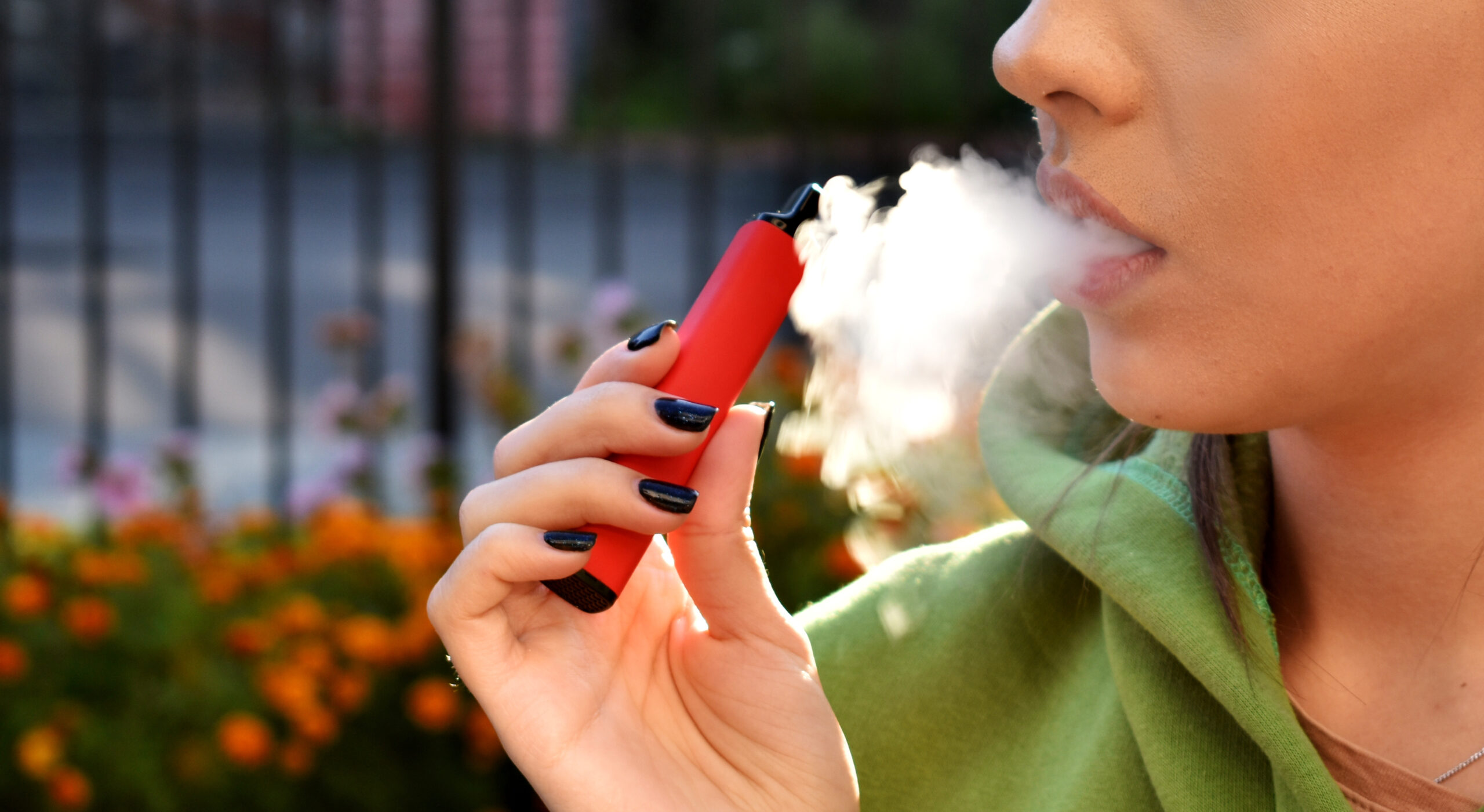Vaporized Cannabis for Treating Acute Migraines
Vaporized cannabis, as a treatment for acute migraines, is an intriguing subject within the realm of medical marijuana research. Migraines, characterized by severe headaches often accompanied by nausea, vomiting, and sensitivity to light and sound, afflict millions worldwide. Conventional treatments like NSAIDs, triptans, and anti-emetics are often effective but can come with side effects or be ineffective for some individuals. This has led many migraine sufferers to explore alternative therapies, including cannabis.
Vaporization is one of the preferred methods of consuming cannabis for medicinal purposes. Unlike smoking, which involves combustion and produces harmful byproducts, vaporization heats the cannabis material to a temperature that releases its active compounds as vapor without burning it. This method preserves the therapeutic components while minimizing the intake of potentially harmful substances found in smoke.
The therapeutic potential of cannabis for migraines lies in its complex array of cannabinoids, particularly tetrahydrocannabinol (THC) and cannabidiol (CBD), as well as other lesser-known compounds like terpenes. THC is primarily responsible for the psychoactive effects of cannabis, while CBD has gained attention for its potential therapeutic properties without causing intoxication.
Several studies have explored the effectiveness of cannabis for migraines, though research specifically on vaporized cannabis for acute migraine treatment is limited. However, existing evidence suggests that cannabis may offer relief for some migraine sufferers.
One study published in the Journal of Pain in 2016 found that inhaled cannabis reduced the severity of migraines and headaches in a sample of 121 participants. Participants reported a decrease in migraine severity from 10.4 to 4.6 on a 0-10 scale after using cannabis. Furthermore, the study noted that the number of migraine headaches decreased from 10.4 to 4.6 per month with cannabis use.
Another study published in Pharmacotherapy in 2016 reviewed the available literature on cannabinoids for migraine treatment. While acknowledging the need for more high-quality clinical trials, the authors concluded that cannabinoids, particularly THC and CBD, show promise for migraine treatment due to their analgesic and anti-inflammatory properties.
The mechanisms underlying the potential efficacy of cannabis for migraines are not fully understood but are thought to involve modulation of the endocannabinoid system (ECS). The ECS plays a crucial role in regulating various physiological processes, including pain sensation, inflammation, and mood. By interacting with cannabinoid receptors in the ECS, cannabis compounds may modulate pain perception and reduce inflammation associated with migraines.
In addition to cannabinoids, cannabis contains aromatic compounds called terpenes, which contribute to the plant’s unique aroma and may also have therapeutic effects. For example, myrcene, commonly found in cannabis, exhibits sedative and muscle relaxant properties that could potentially alleviate migraine symptoms.
Despite the promising findings, it’s essential to approach cannabis use for migraines with caution and under medical supervision, especially considering the potential for adverse effects and legal considerations. Common side effects of cannabis use include dizziness, dry mouth, fatigue, and cognitive impairment, which may be particularly problematic for migraine sufferers already experiencing cognitive symptoms during an attack.
Furthermore, the legal status of cannabis varies widely across jurisdictions, with some regions legalizing medical and/or recreational use, while others maintain strict prohibition. Patients considering cannabis for migraine treatment should familiarize themselves with local regulations and consult with healthcare professionals knowledgeable about medical marijuana.
Individual responses to cannabis can vary based on factors such as dosage, strain, route of administration, and individual physiology. Finding the optimal cannabis product and dosage may require experimentation and careful monitoring of symptoms.
In conclusion, vaporized cannabis shows promise as a potential treatment for acute migraines, thanks to its analgesic, anti-inflammatory, and possibly anti-emetic properties. While research on this specific application is still emerging, existing evidence suggests that cannabis, particularly THC and CBD, may offer relief for some migraine sufferers. However, further high-quality clinical trials are needed to better understand the efficacy, safety, and optimal use of cannabis for migraines. Patients interested in exploring cannabis as a migraine treatment should do so under medical supervision and in compliance with relevant laws and regulations.
